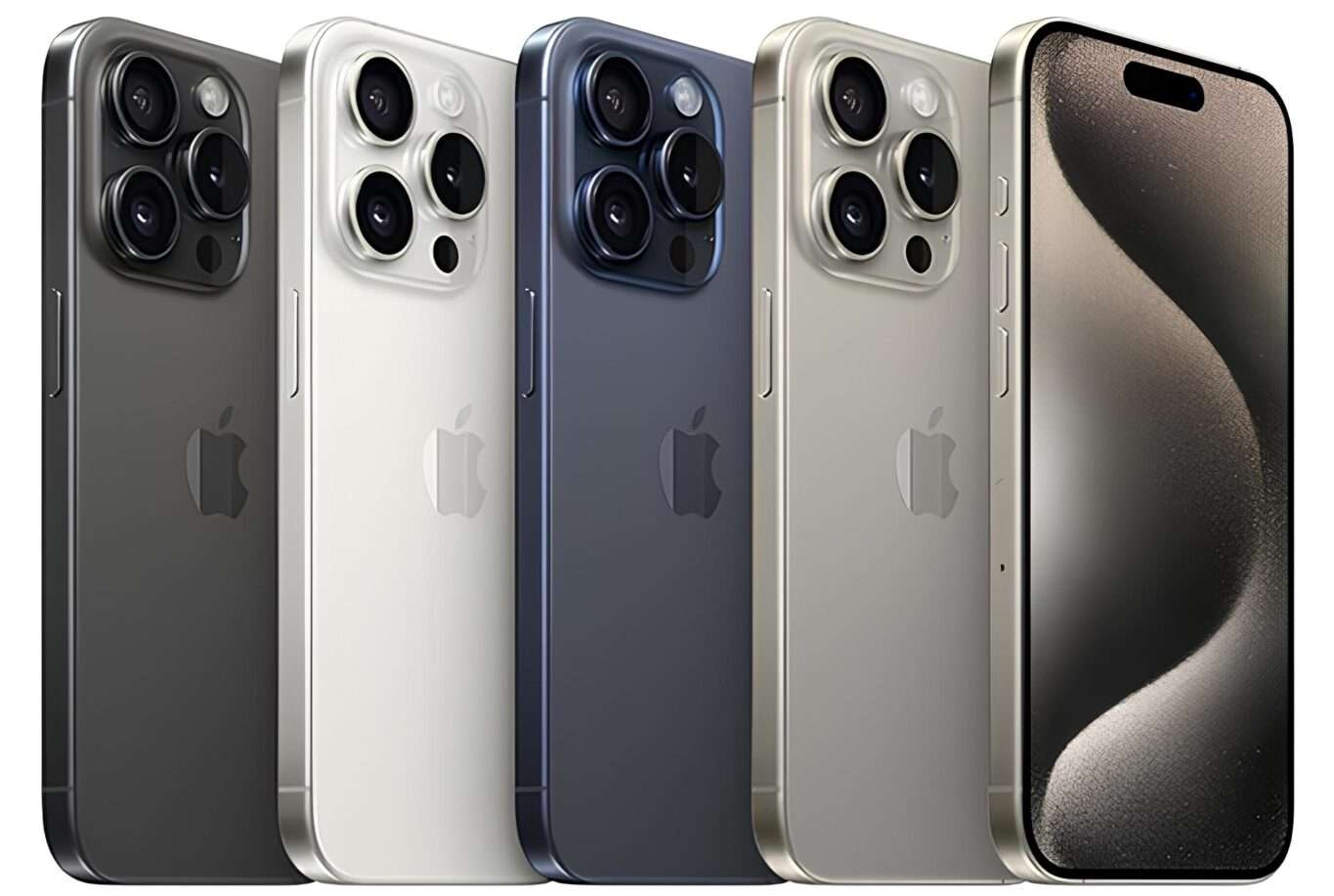FAQ
To take a screenshot, press the Side button (or the Top button on older models) and the Volume Up button at the same time. The screen will flash, and the screenshot will be saved in your Photos app.
You can transfer data using iCloud, Quick Start, or iTunes. With Quick Start, place your new iPhone next to your old one and follow the on-screen instructions. For iCloud, back up your old iPhone, then restore the backup on your new iPhone.
Go to Settings > General > Software Update. If an update is available, you can download and install it from this menu.
Try using a different cable, charger, or power outlet. Also, check the charging port for debris and clean it gently if necessary. If the issue persists, restart your iPhone or contact Apple Support.
Go to Settings > General > Reset > Erase All Content and Settings. This will erase everything on your iPhone and restore it to factory settings. Make sure to back up your data before doing this.
You can free up storage by deleting unused apps, clearing Safari’s cache, removing old messages, and offloading photos and videos to iCloud. Go to Settings > General > iPhone Storage to see what’s taking up space.
Face ID is set up during the initial setup of your iPhone. If you skipped it, you can set it up later in Settings > Face ID & Passcode. Follow the prompts to scan your face, and you can use it to unlock your iPhone, make payments, and more.
Go to Settings > Control Center > Customize Controls. Here, you can add, remove, and rearrange the controls to suit your needs.
Your iPhone might be running slow due to several reasons: low storage, outdated software, or too many apps running in the background. Try closing unused apps, updating your software, or freeing up some storage.
Use the Find My app on another Apple device or go to iCloud.com and sign in with your Apple ID. From there, you can locate your iPhone on a map, play a sound to help you find it, or remotely lock or erase it.

To take a screenshot, press the Side button (or the Top button on older models) and the Volume Up button at the same time. The screen will flash, and the screenshot will be saved in your Photos app.
You can transfer data using iCloud, Quick Start, or iTunes. With Quick Start, place your new iPhone next to your old one and follow the on-screen instructions. For iCloud, back up your old iPhone, then restore the backup on your new iPhone.
Go to Settings > General > Reset > Erase All Content and Settings. This will erase everything on your iPhone and restore it to factory settings. Make sure to back up your data before doing this.
You can free up storage by deleting unused apps, clearing Safari’s cache, removing old messages, and offloading photos and videos to iCloud. Go to Settings > General > iPhone Storage to see what’s taking up space.
Go to Settings > Control Center > Customize Controls. Here, you can add, remove, and rearrange the controls to suit your needs.
Your iPhone might be running slow due to several reasons: low storage, outdated software, or too many apps running in the background. Try closing unused apps, updating your software, or freeing up some storage.
Use the Find My app on another Apple device or go to iCloud.com and sign in with your Apple ID. From there, you can locate your iPhone on a map, play a sound to help you find it, or remotely lock or erase it.

To take a screenshot, press the Side button (or the Top button on older models) and the Volume Up button at the same time. The screen will flash, and the screenshot will be saved in your Photos app.
You can transfer data using iCloud, Quick Start, or iTunes. With Quick Start, place your new iPhone next to your old one and follow the on-screen instructions. For iCloud, back up your old iPhone, then restore the backup on your new iPhone.
Go to Settings > General > Reset > Erase All Content and Settings. This will erase everything on your iPhone and restore it to factory settings. Make sure to back up your data before doing this.
You can free up storage by deleting unused apps, clearing Safari’s cache, removing old messages, and offloading photos and videos to iCloud. Go to Settings > General > iPhone Storage to see what’s taking up space.
Go to Settings > Control Center > Customize Controls. Here, you can add, remove, and rearrange the controls to suit your needs.
Your iPhone might be running slow due to several reasons: low storage, outdated software, or too many apps running in the background. Try closing unused apps, updating your software, or freeing up some storage.
Use the Find My app on another Apple device or go to iCloud.com and sign in with your Apple ID. From there, you can locate your iPhone on a map, play a sound to help you find it, or remotely lock or erase it.



